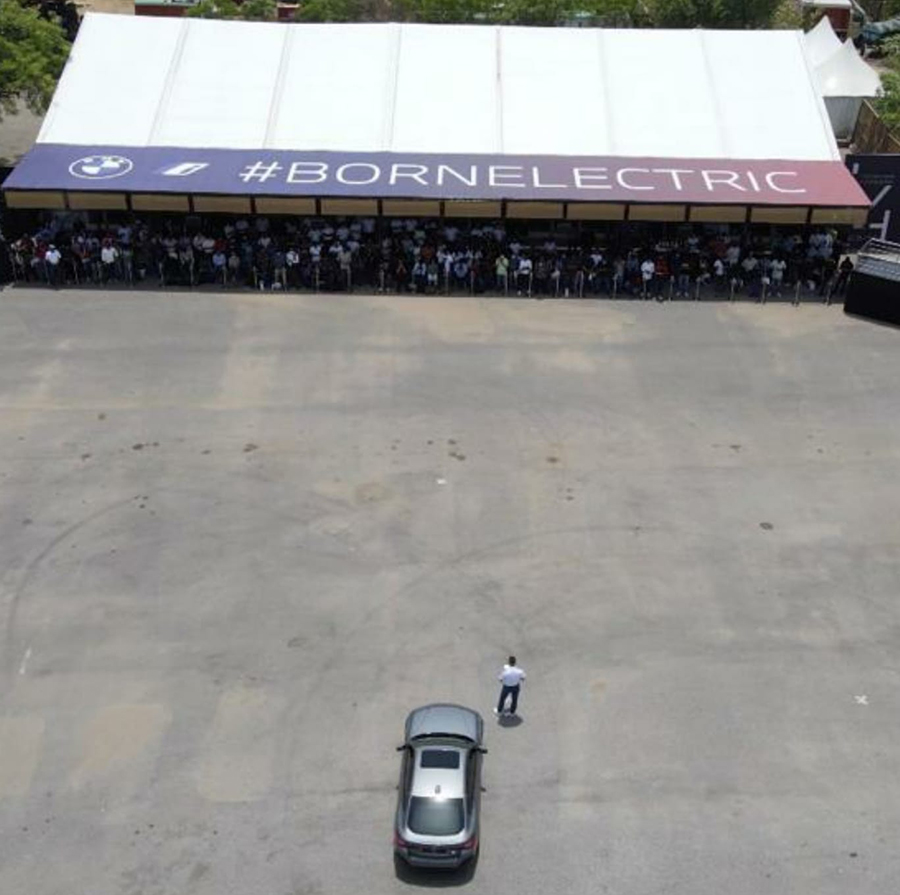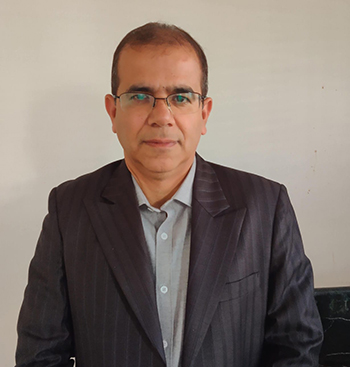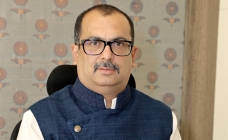‘Stringent Govt norms will spur wider use of eco-friendly fabric for OOH’
By N Jayalakshmi - June 06, 2022
Deepak Girotra, Director, Sun Printable Fabric, shares his take on the dynamics and challenges involved in making fabric media a viable alternative to flex.

Could you take us through your journey with printable fabrics as a media?
Sun Fabric began doing R& D on printable fabrics in 2015 and started production in 2016 in Indore. The idea was to reduce plastic usage and offer a premium printable fabric product in the market. At that time it was an out-of-box idea as no one imagined that flex could be replaced.
 It was such an iintrinsic part of the big format printing industry that the idea went against the standard convention of printing PVC flex. Initially we started offering the idea of using printable fabric instead of flex to event management and fabrication companies. Since it was expensive compared to flex, we naturally faced a lot of rejection. Our first major breakthrough came when the BRIC Summit was held and they used printable SUNFABRIC for all the branding for the event.
It was such an iintrinsic part of the big format printing industry that the idea went against the standard convention of printing PVC flex. Initially we started offering the idea of using printable fabric instead of flex to event management and fabrication companies. Since it was expensive compared to flex, we naturally faced a lot of rejection. Our first major breakthrough came when the BRIC Summit was held and they used printable SUNFABRIC for all the branding for the event.
Subsequently, we started participating in media expos across the country and started an awareness campaign to demonstrate that there was an alternative available to flex . Slowly and steadily, over the next four years people began to understand the concept, though flex is still used over fabrics.
Meanwhile, states like Kerala and Karnataka started banning the use of flex and the usage of fabric increased slowly, but then it was not implemented with any legal provisions. As a result, people are now back to using flex in these states.
Also, in the last two years, thanks to Covid, OOH advertising was impacted so much that people have started using flex again to beat the cost impact.
But the government is once again considering a ban on single use plastic, so hopefully it will be implemented fully with legal provisions across the country. We remain hopeful.
Where do you see maximum demand for printable fabrics coming from? What are the new market opportunities that you are tapping?
There is a huge market in the out-of-home-advertising industry where it can be used easily. Sunfabric is the first fabric in this category which is made in India and all the R&D is done by professionals in India. Also, this fabric has the ability to use a Heat Seam Machine with SR Fevicol for seaming the print and can easily replace flex on hoarding.
We have also developed fire retardant printable Sunfabric which can be used for high events and exhibitions.
Besides, we have begun R& D to make vinyl fabric, which can replace PVC vinyl used for internal branding or inside shops. Once we have minimum orders, we can start production of vinyl fabric of various sizes.
As a player in this space, what are your key challenges today?
The main challenge is in terms of production and inventory . The usage is very irregular and very few companies use fabric instead of flex to do their bit for the environment. Like I said, they largely look at the cost advantages of using PVC flex. But companies manufacturing the fabrics obviously depend on demand of the customers and until and unless the sales numbers are regular, it will continue to be challenging.
How would you convince your potential buyers on the need to invest in green materials? How would you define the business returns for them?
Today customers are aware about the advantages of using green materials. But it is ultimately their choice to use alternatives to single use plastic material and reduce pollution in the environment. The problem in India is that companies only look at the cost advantages of flex .
Read the complete interview in the June 2022 edition of Outdoor Asia magazine.

Stay on top of OOH media trends






